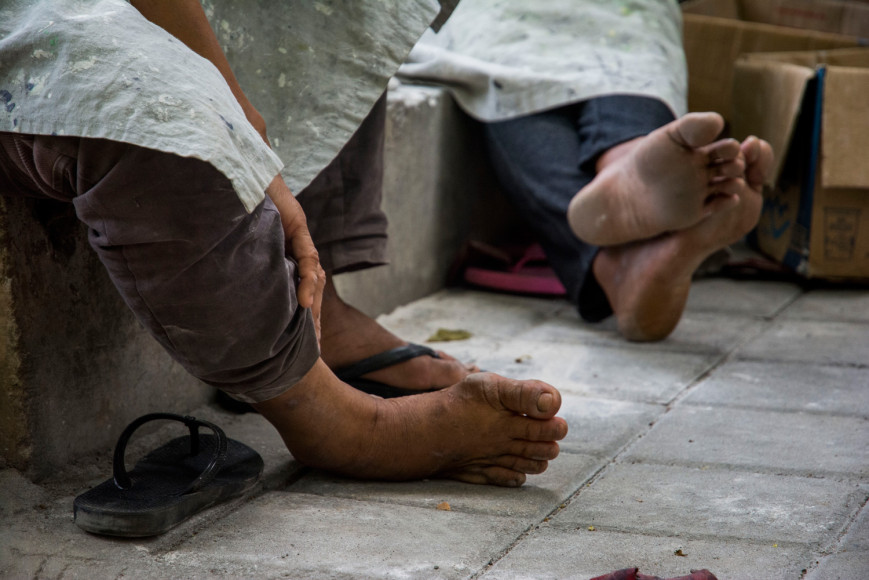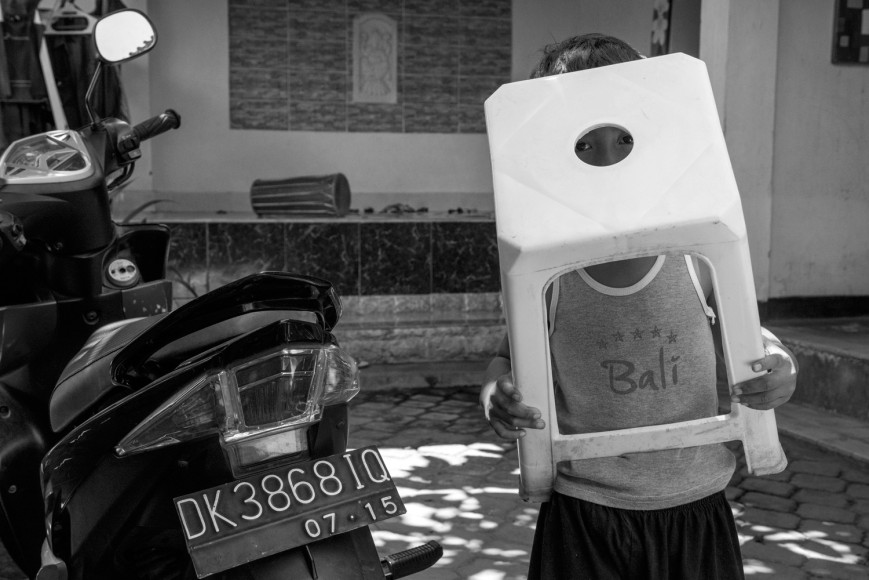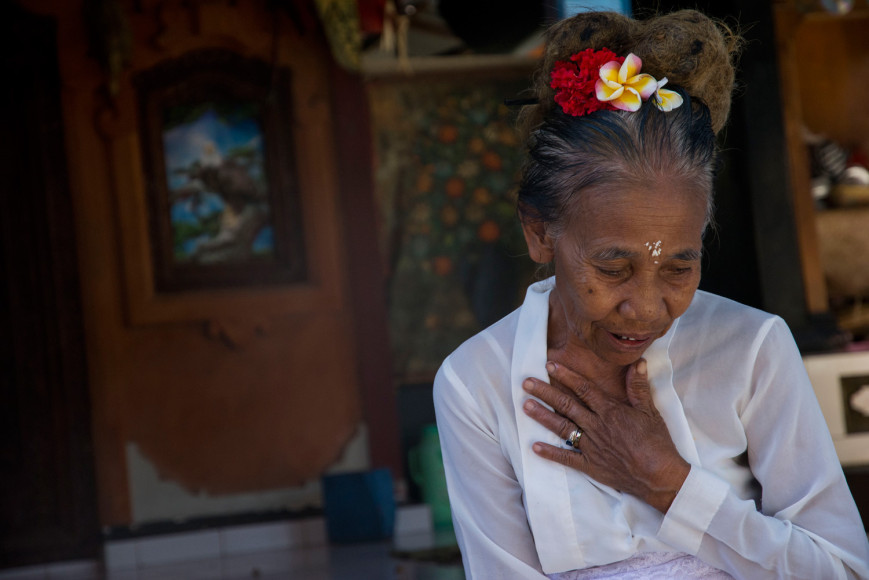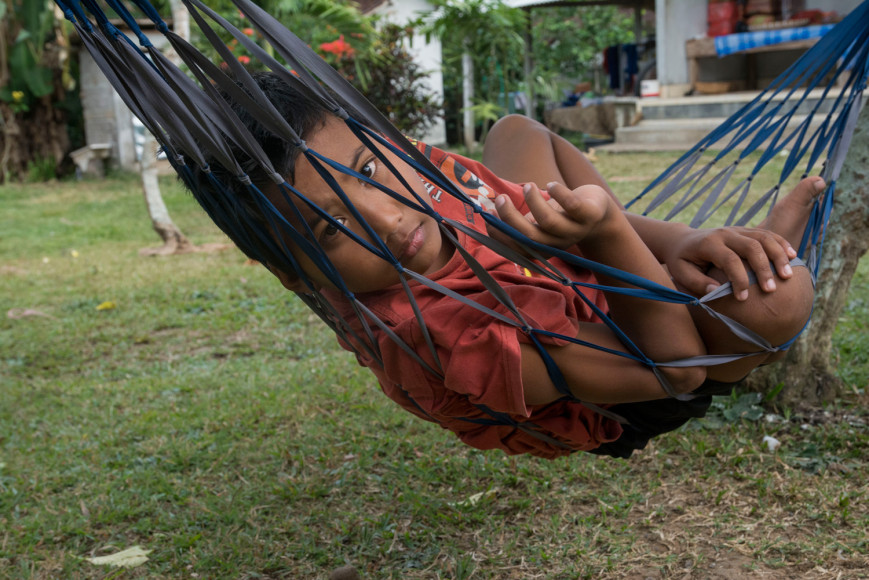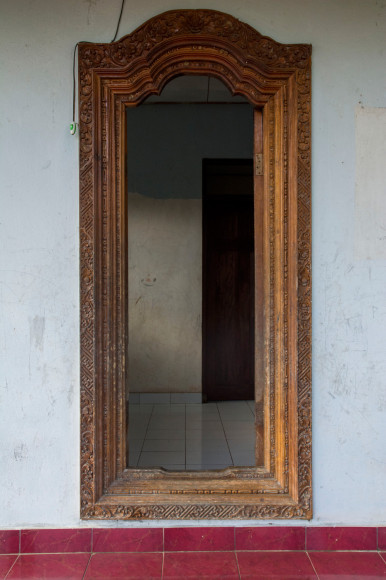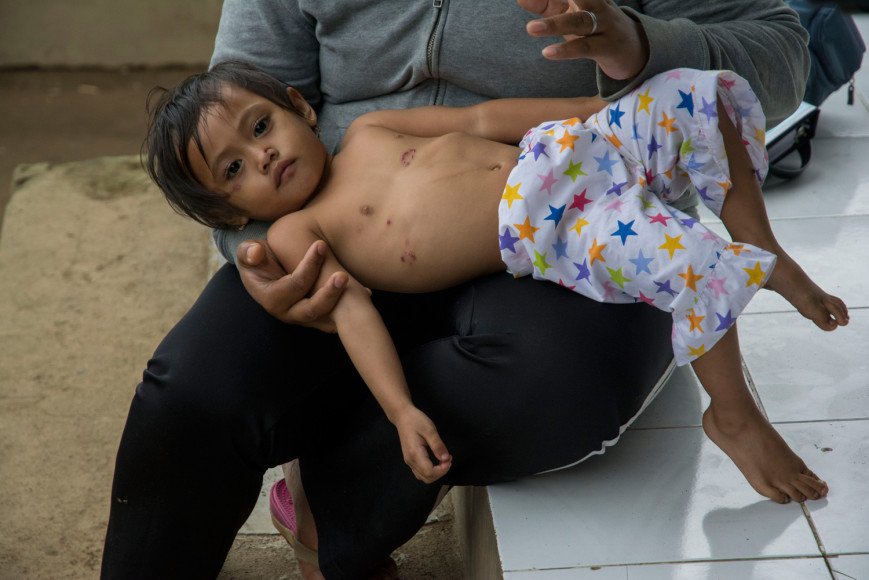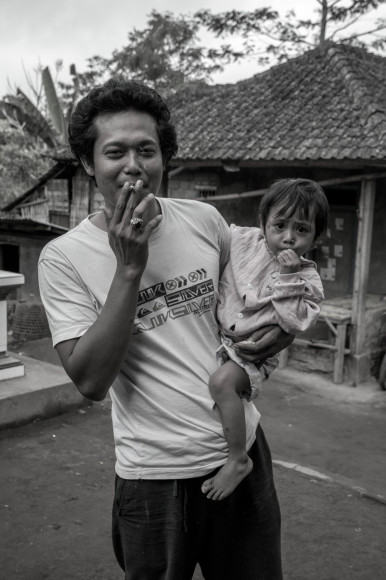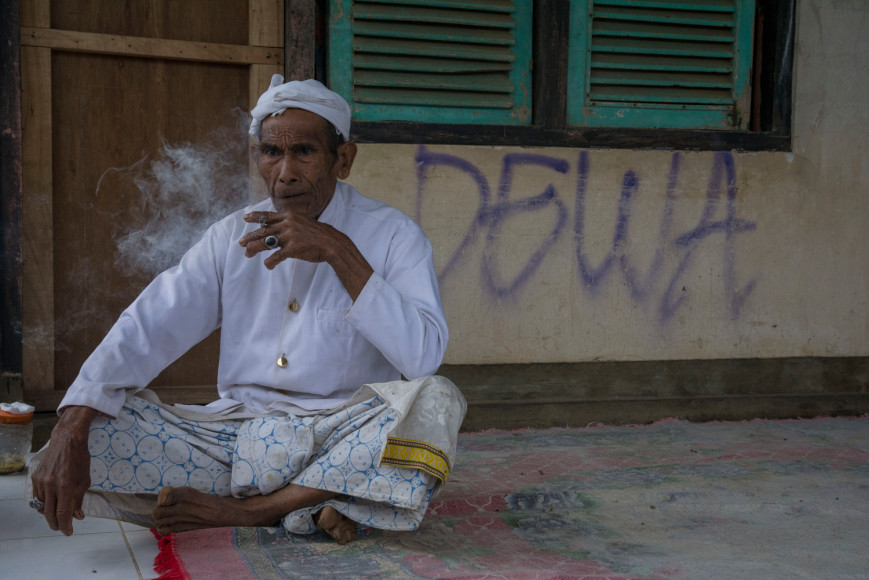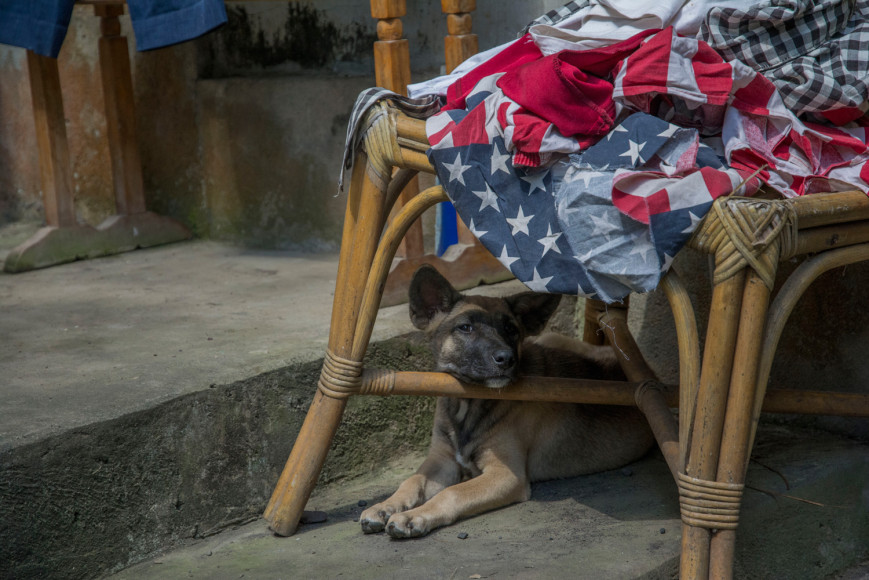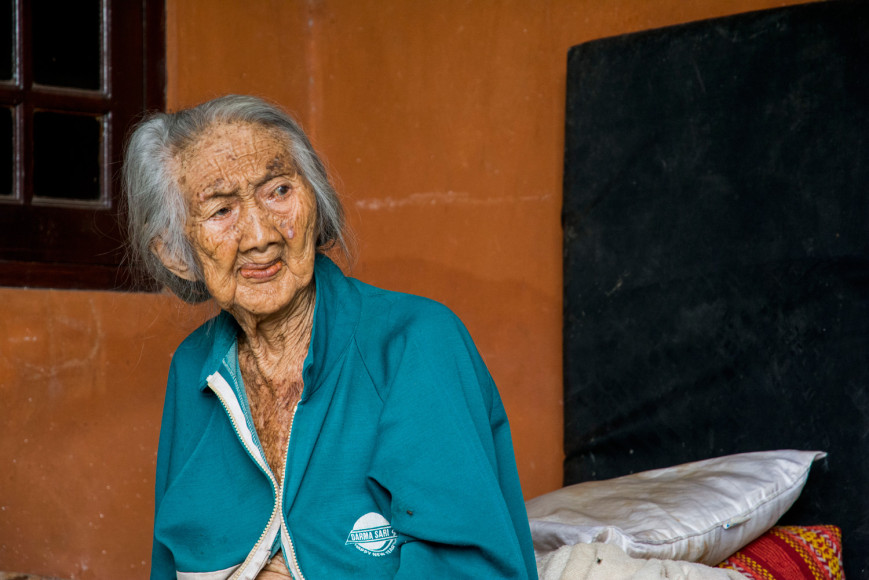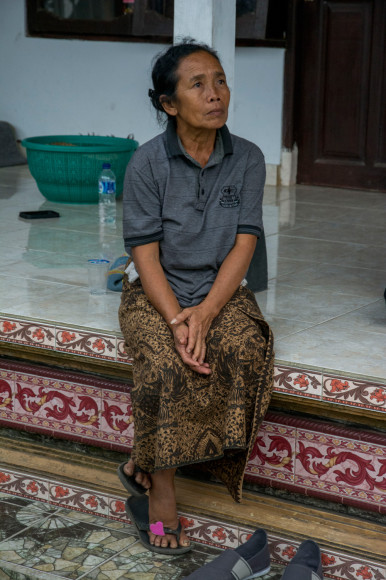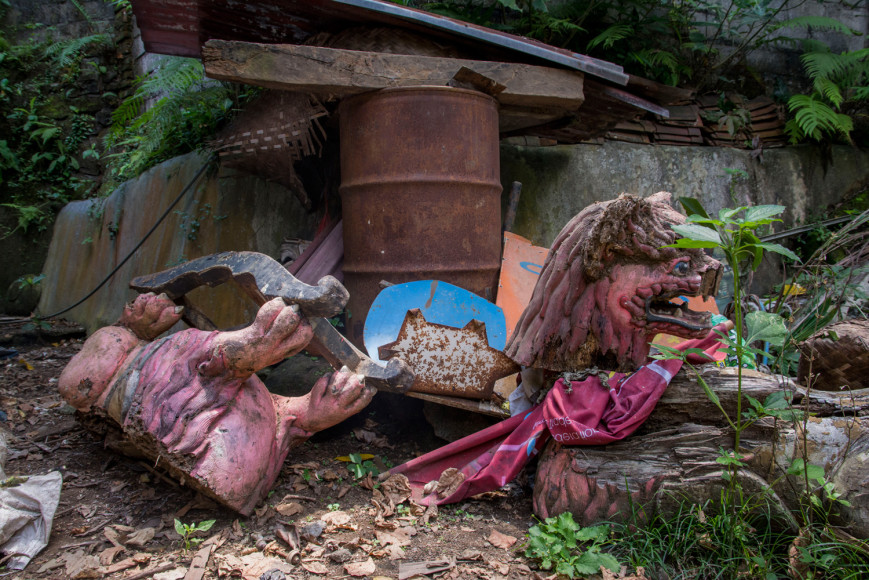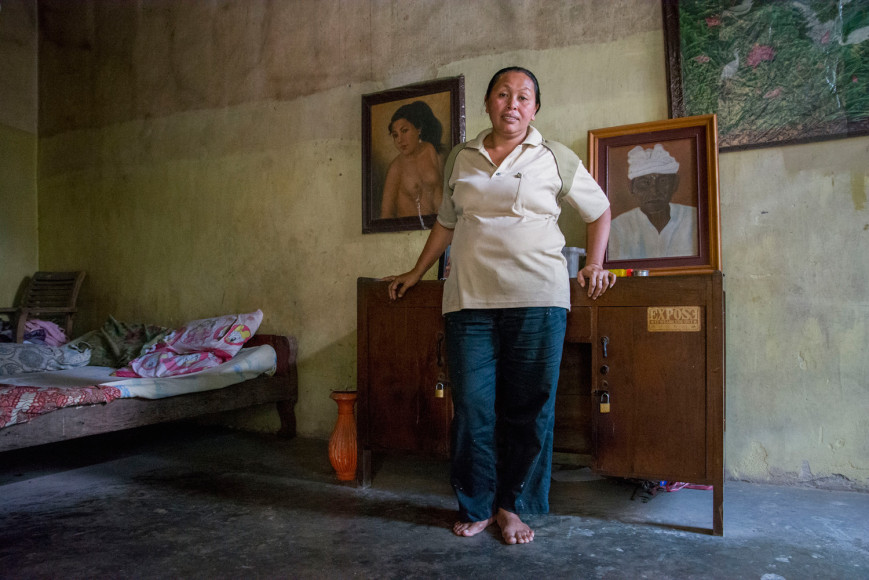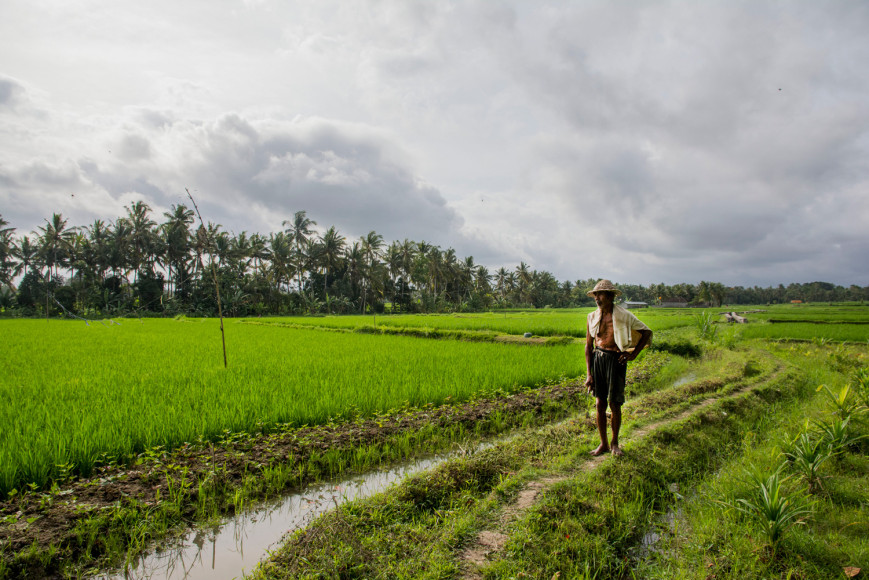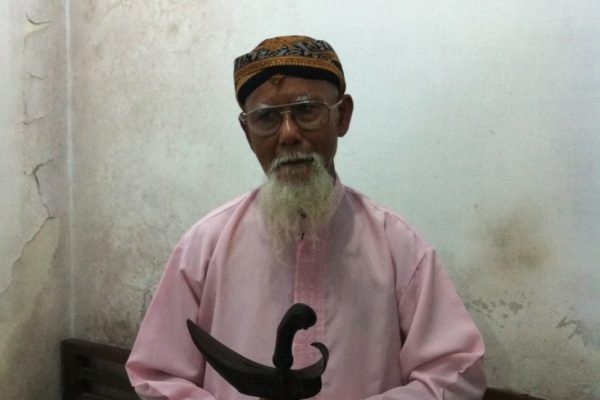This past September, I traveled to Bali, Indonesia, as a still photographer for Elemental Productions, an ethnographic film production studio owned by UCLA anthropology professor Robert Lemelson. The main purpose of our travels was to complete the final stages of Bitter Honey, a film documenting the effects of polygamy within three Balinese families. As we began our journey, it came to my attention that we were to also start filming a piece on the filmmaker’s role in the ethnographic filmmaking process.
At first, this second project seemed to pale in comparison to Bitter Honey—after all, years of work and research have gone into the film—but as the days continued, the lunch tables quickly turned into seminar classrooms. Each Balinese coffee was accompanied by a new approach of how best to interview one of the wives. Every order of nasi campur ignited a full-fledged debate about the similarities and differences between ethnographic and documentary filmmaking.
Needless to say, my head was spinning, but these were the moments throughout our 12-hour workdays that I craved and for which I patiently waited. The question of approach, of gaze, of the existential loss of self and the comfort in the discomfort of never receiving one answer—the substance and conversation that lie beneath the final product—are the reasons I became an anthropological photographer.
The daughter of a fine arts photographer and not-for-profit film director and producer, I always found myself between two worlds that I experienced as literally and figuratively married. This marriage of fine arts and documentary media inspired me to apply early decision to Vassar, an environment that supported my desire to explore myself and the world through the lens of my Nikon F3. During my study abroad in India, Senegal, and Argentina, I longed to conduct my own ethnographic research of the street art movements in each of the global cities of Delhi, Dakar, and Buenos Aires. By the end of my travels, I came to realize that my photography was being used as a tool to ignite conversation between the youth of these continentally divided movements. This blend of art and activism not only appealed to my academic interests but also stoked my interest in anthropological photography.
My first “lessons” in understanding the use of ethnography as an artistic tool began in the spring leading up to my Indonesian travels, when I studied in Cuba as part of Vassar’s International Study course. After experiencing a positive response to my work on street art, I decided to produce my first ethnographic photo-essay, in which I profiled Cubans I met on my travels. As my first gallery show at Vassar, Cubanidad: A Notion of Time became my post-graduation launch pad into the world of visual anthropology, eventually bringing me to Elemental Productions.
During such projects, I’ve observed the nuanced dance between question and critical analysis. This dance is essential in producing research that is not only in-depth and stimulating but also respectful, and I saw it played out every day I was working with Elemental Productions. I remember one day in particular—a day that ignited a week of problem solving and critical thought. One of the families represented in Bitter Honey is that of Dharma, a local gangster living on the outskirts of central Ubud with five wives. As we finished shooting, we made plans to show the film to the families for the first time and agreed that the best way to do this would be to begin with a “women-only” screening. The American crew, the Balinese crew, and the Bitter Honey wives were all concerned for the safety of the families, primarily the five wives of Dharma.
After the first screening, it was clear that all of the wives were uncomfortable showing their husbands the film, worried about the violence that might ensue. It was decided that until we came up with a solution for the women, we were not showing the film to the men. The crew quickly began talking to Anggreni, a Balinese lawyer, who had been involved in the process of Bitter Honey from its post-production stage. She immediately organized meetings with the wives to discuss their rights concerning domestic violence and marriage and brought in an Indonesian women’s rights activist to speak to them about female empowerment within the home. Until the wives seem secure and there is an unwavering Balinese support network established around the families, Elemental Productions refuses to show the film to the male heads of these families.
Ethnographic photography and filmmaking highlights the importance of understanding the dynamic human narrative. Because these forms can sometimes “rock the boat,” we must seek an engaged understanding of the subject, so no one falls overboard.
This post is reblogged from Vassar Hub, see more here.

